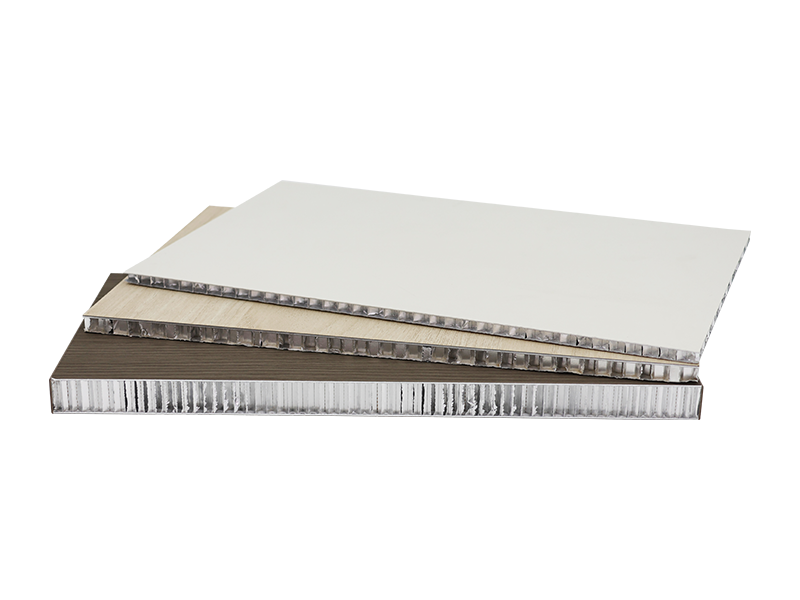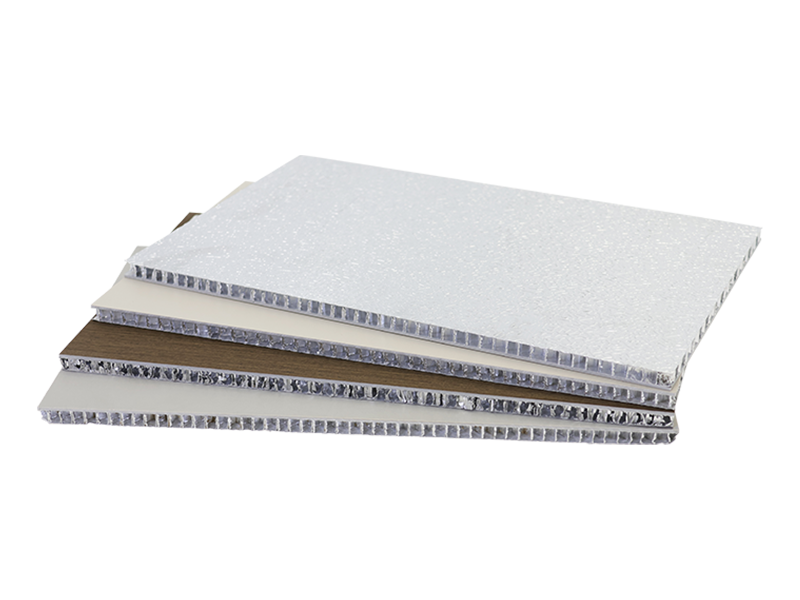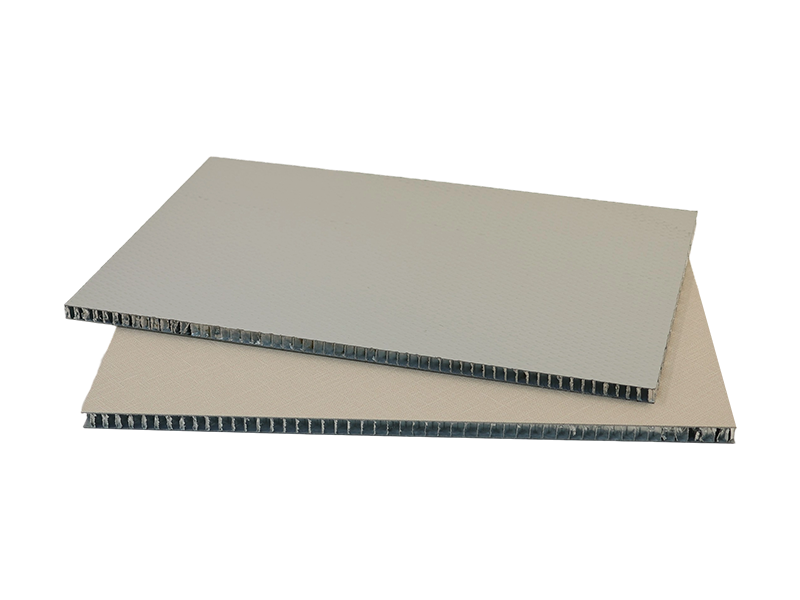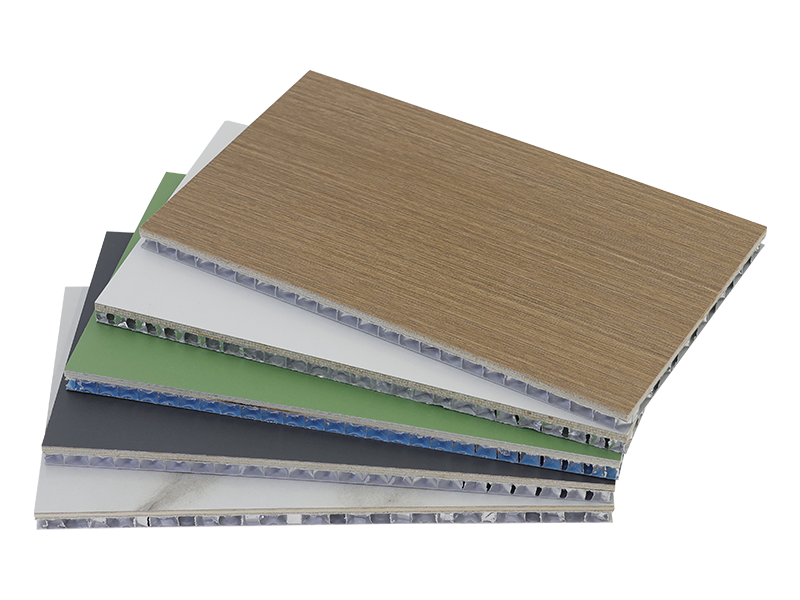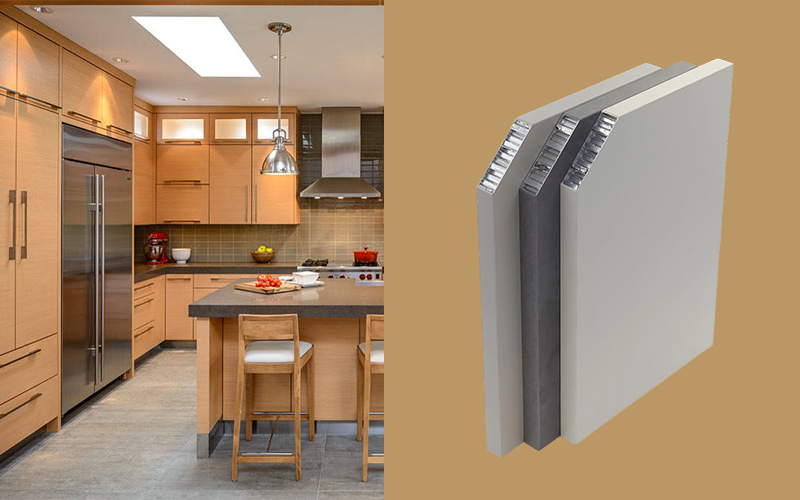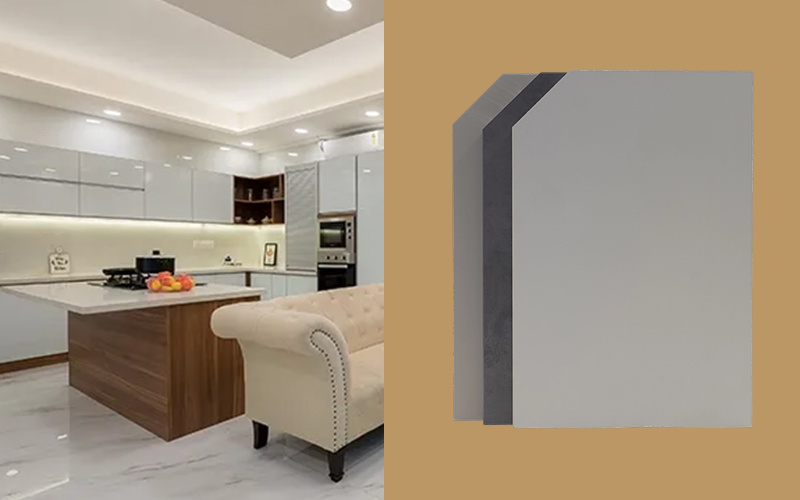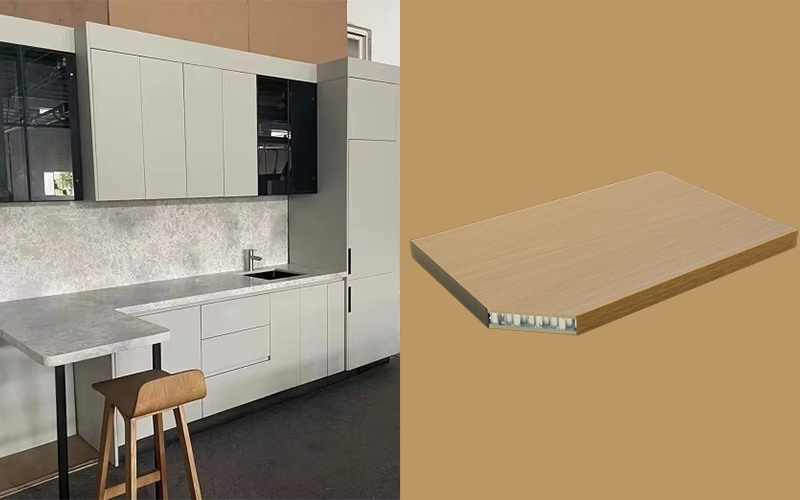Oct 02,2025
The Versatile Benefits of Honeycomb Panels in Modern Architecture
Get Quote Now
Honeycomb panels are increasingly gaining traction in the building and decoration materials industry, particularly within the realms of wood products and decorative facings. Their unique design, which consists of a hexagonal core sandwiched between two outer layers, provides an impressive combination of strength, lightweight properties, and thermal insulation. This innovative structural design is not only aesthetically pleasing but also enhances the overall performance of the material.
One of the most significant advantages of honeycomb panels is their lightweight nature. Traditional solid panels can be cumbersome, making them challenging to handle and install. In contrast, honeycomb panels significantly reduce weight without compromising structural integrity. This lightweight characteristic makes them an ideal choice for applications in wall cladding, ceilings, and interior partitions, as they can be easily transported and installed, reducing labor costs and timescales.
In addition to being lightweight, honeycomb panels provide exceptional strength. The hexagonal core structure distributes weight evenly, allowing the panels to resist bending and deformation. This makes them suitable for a wide range of applications, from commercial buildings to residential spaces. The durability of honeycomb panels also means they can withstand harsh environmental conditions, making them a reliable choice for both interior and exterior applications.
Another critical feature of honeycomb panels is their thermal insulation properties. The air trapped within the honeycomb structure acts as an effective insulator, helping to regulate indoor temperatures. This is particularly beneficial in energy-efficient building designs, where reducing energy consumption is a priority. Honeycomb panels can contribute to achieving higher energy efficiency ratings, leading to lower heating and cooling costs over time.
Moreover, honeycomb panels offer versatility in design. They can be finished with various materials, including wood veneers, laminates, or high-pressure laminates, allowing architects and designers to achieve diverse aesthetic looks that meet their creative vision. The ability to customize these panels ensures they can seamlessly blend into any interior or exterior design scheme.
In terms of sustainability, many manufacturers of honeycomb panels utilize eco-friendly materials and production methods, making them a greener alternative compared to traditional solid wood products. This aligns with the growing demand for sustainable building materials in the construction industry, catering to environmentally conscious consumers and businesses.
In conclusion, honeycomb panels are an innovative solution that provides a myriad of benefits including lightweight properties, strength, thermal insulation, design flexibility, and sustainability. As the architecture and decoration industries continue to evolve, honeycomb panels will undoubtedly play a crucial role in shaping modern spaces that are both functional and visually appealing.
One of the most significant advantages of honeycomb panels is their lightweight nature. Traditional solid panels can be cumbersome, making them challenging to handle and install. In contrast, honeycomb panels significantly reduce weight without compromising structural integrity. This lightweight characteristic makes them an ideal choice for applications in wall cladding, ceilings, and interior partitions, as they can be easily transported and installed, reducing labor costs and timescales.
In addition to being lightweight, honeycomb panels provide exceptional strength. The hexagonal core structure distributes weight evenly, allowing the panels to resist bending and deformation. This makes them suitable for a wide range of applications, from commercial buildings to residential spaces. The durability of honeycomb panels also means they can withstand harsh environmental conditions, making them a reliable choice for both interior and exterior applications.
Another critical feature of honeycomb panels is their thermal insulation properties. The air trapped within the honeycomb structure acts as an effective insulator, helping to regulate indoor temperatures. This is particularly beneficial in energy-efficient building designs, where reducing energy consumption is a priority. Honeycomb panels can contribute to achieving higher energy efficiency ratings, leading to lower heating and cooling costs over time.
Moreover, honeycomb panels offer versatility in design. They can be finished with various materials, including wood veneers, laminates, or high-pressure laminates, allowing architects and designers to achieve diverse aesthetic looks that meet their creative vision. The ability to customize these panels ensures they can seamlessly blend into any interior or exterior design scheme.
In terms of sustainability, many manufacturers of honeycomb panels utilize eco-friendly materials and production methods, making them a greener alternative compared to traditional solid wood products. This aligns with the growing demand for sustainable building materials in the construction industry, catering to environmentally conscious consumers and businesses.
In conclusion, honeycomb panels are an innovative solution that provides a myriad of benefits including lightweight properties, strength, thermal insulation, design flexibility, and sustainability. As the architecture and decoration industries continue to evolve, honeycomb panels will undoubtedly play a crucial role in shaping modern spaces that are both functional and visually appealing.
Related News
Distributor Following
Welcome same-minded global partners to expand your local market together!
You need to meet the following conditions:
1. Some experience in the Building Materials Industry
2. There are certain sales channels available
3.Love and decide to explore the local market together
Whatsapp: +86 19926019345
Welcome to leave a message!


